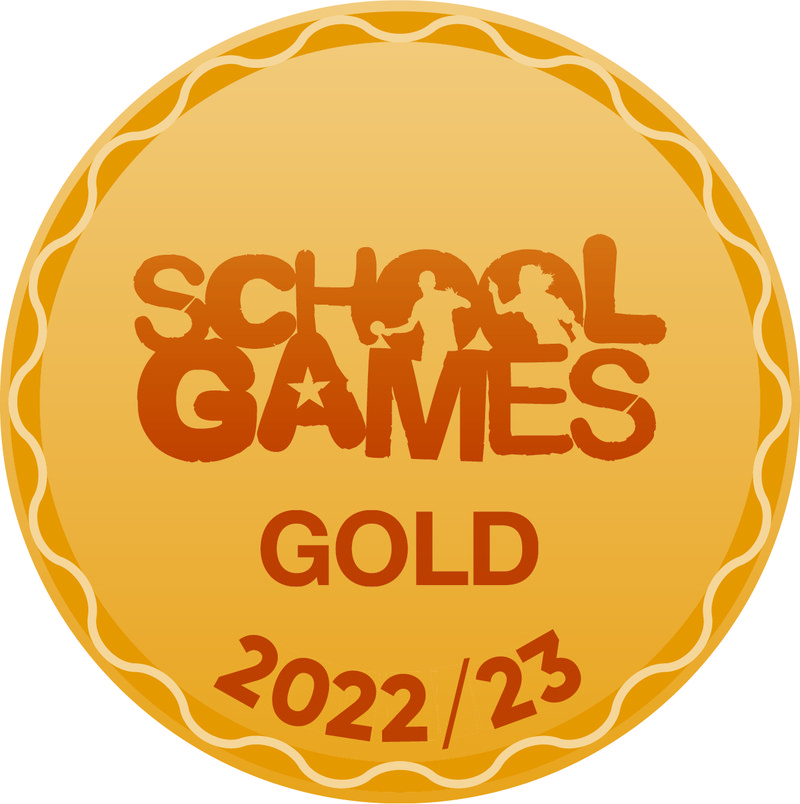Phonics
At Glusburn Primary and Nursery School, we are committed to teaching our pupils to become skilled readers who develop a comprehensive understanding of words, language and texts as they move through school. Through using a range of strategies, our aim is to ensure that pupils develop a love of reading so that they can read for purpose and for pleasure. Our strategies include teaching phonics with fidelity to a high quality scheme and through a carefully selected reading spine where children have access to a range of high quality texts.
EYFS and KS1
For a child to enjoy reading, they need to be able to access texts at their level. All individual and group reading books in reception and KS1 match the pupils’ phonic knowledge, ensuring all words can be decoded. In reception and year 1, all pupils are involved in group reading sessions three times a week. When the pupils enter year 2, group reading sessions are reduced, however, whole-class reading lessons increased. Alongside this, all pupils have their own individual reading book. This is matched closely with the pupil’s phonic knowledge and is taken home every evening.
Phonics
Systematic synthetic phonics is taught using the Little Wandle Letters and Sounds programme throughout reception and year 1. This is used to ensure the pupils are taught new phonemes in a particular order using the four part lesson format: revise, teach, practise and apply. Whole-class teaching takes place on a daily basis.
A new sound is taught daily using flashcards. Lessons are kept fast-paced and usually last no more than 30 minutes: this is to ensure that all pupils are fully engaged and enjoying their phonics learning.
Formative assessment takes place during all phonics lessons, quickly identifying who has and has not picked up a new sound, informing future planning. Summative assessment takes place half-termly. Knowledge of each sound is checked, as well as the child being able to apply this when reading words.
Phonics does not stand alone. We integrate this into many areas of the curriculum, referring back to sounds and strategies wherever possible.
Pupils who are making slow progress are identified quickly and intervention is immediately put into place, alongside the usual phonics teaching.
Phase 2 phonics teaching starts as soon as the pupils start full-time in reception, teaching 4 sounds a week. During this phase, we begin oral blending and segmenting before moving on to blending and segmenting with letters. Phase 1 is ongoing through reception mainly in our provision areas.
We then move on to teaching phase 3 which introduces more new sounds, most of which are digraphs and trigraphs. By the end of phase 3, the pupils will know one way of writing down each of the 44 phonemes.
Once the pupils are secure in applying phase 3 sounds, we begin teaching phase 4. This continues to consolidate phase 3 phonemes and teaches the pupils how to read and spell words with longer word structures e.g. CCVC, CVCC & CCCVC.
In year 1, pupils continue their phonics learning as soon as they arrive, usually recapping the phase 3 digraphs and trigraphs, phase 5 is then taught. Phase 5 phonics must be covered by the end of the Spring term to ensure they have consolidation time before the screening check in June.
Consistency is extremely important in our school. All resources, sound mats and flashcards are the same in all classes to ensure children are solely focussing on their phonic understand with little distraction. Interventions that take place also use the exact same resources.
Interventions occur daily for those children who need more support with their phonic understanding. Interventions last no more than 5 minutes and are conducted in a quiet and clear space, distractions must be kept to a minimum in order for the intervention to be as effective as possible. Teacher talk is kept to a minimum, this ensures the child is solely focussing on their phonics understanding and nothing else. Modelling is key to all interventions, this means little discussion is needed. Children are expected to mirror what has just been shown. Interventions are conducted on a one to one basis or in small groups.
Our interventions are taken from the Little Wandle Letters and Sounds Revised phonics programme ensuring that we have fidelity to one programme within our school.
All staff in school must be fully trained in the phonic programme they are delivering. All staff at our school have had recent training in the new Little Wandle Letters and Sounds Revised phonics programme and are clear of its progression through each year group. In order to keep our knowledge fresh and up to date, we have regular practice and coaching sessions led by the Phonics Lead.
We have high expectations and aim for all children to keep up, not catch up.
Coverage is monitored closely. Below is our coverage chart.
programme overview reception and year 1 1.pdf
Individual and group reading books in the EYFS and KS1 progress according to their sound content. Each book is placed into a phase corresponding with the Little Wandle Letters and Sounds Revised phonics programme used in school. In each phase, books progress by introducing new sounds whilst also revisiting previously learnt sounds. Pupils’ reading books are chosen according to their phonic ability. In order to assign the correct book, GPC knowledge is assessed as well as the child’s blending skills. This is to ensure that all pupils can independently read the book successfully.
In the front of most of our reading books, there is useful information for the reader and the listener. GPCs that will be covered in the book are there ready to be practised, as well as the common exception and high-frequency words that are going to appear through the book. Ideally, when pupils come across these words, they do not need to sound out and should read them straight away. It also informs pupils and whomever is listening to them, which words cannot be decoded because they are common exception words and do not follow phonic patterns.
At the back of lots of our reading books, there are specific questions linked with various reading skills. This is something we really encourage to ensure the child has a good understanding of what they have just read and this also supports parents with their questioning.
Early Reading
Group reading
In order for pupils to apply their phonic knowledge, they read in small groups, with an adult, three times a week. This creates an ethos whereby books are enjoyed and the pupils are enthusiastic about their learning. The children are grouped based upon their current phonic knowledge. The class teacher carefully selects the book. Over the course of the week, the groups read their book three times, each time focussing on a different aspect of reading. All groups are reading with their adult at the same time.
Before we open the book, we:
- Read the graphemes that will be covered in the book,
- Look at the common exception words and remind the pupils about what they say,
- Make a connection with the book: have we read anything like this before? Has anyone been to a farm before? I wonder if we are going to enjoy this book? Why?
Weekly group reading plan
|
Read 1 Day 1 |
Decoding the book Pupils use their phonic knowledge to decode the words on the pages. The focus is solely on this rather than comprehension and understanding. |
|
Read 2 Day 2 |
Reading for speed / fluency (prosody) This is another opportunity for the pupils to apply their phonic knowledge but slightly quicker. Pupils should recognise some of the words the second time round. Adults should model prosody (intonation, expression, pausing and phrasing) when they read and children apply this skill. |
|
Read 3 Day 3 |
Comprehension This time, the pupils read the book again but, by now, they are quite familiar with the words. We ask the pupils what they think about what is happening as they read: do they understand what they are reading? |
Individual reading
Pupils are individually assessed on their phonics knowledge and a book is assigned to them to read at home. We ensure that each child is reading a book that is accessible for them at their level, so that the child can read it and enjoy it.
We want the child to read the book over and over again, allowing them to increase in confidence and therefore increasing the level of enjoyment. We then expect the pupils to have some understanding of what they have read. Parents meetings through the year share how this can be done effectively at home.









